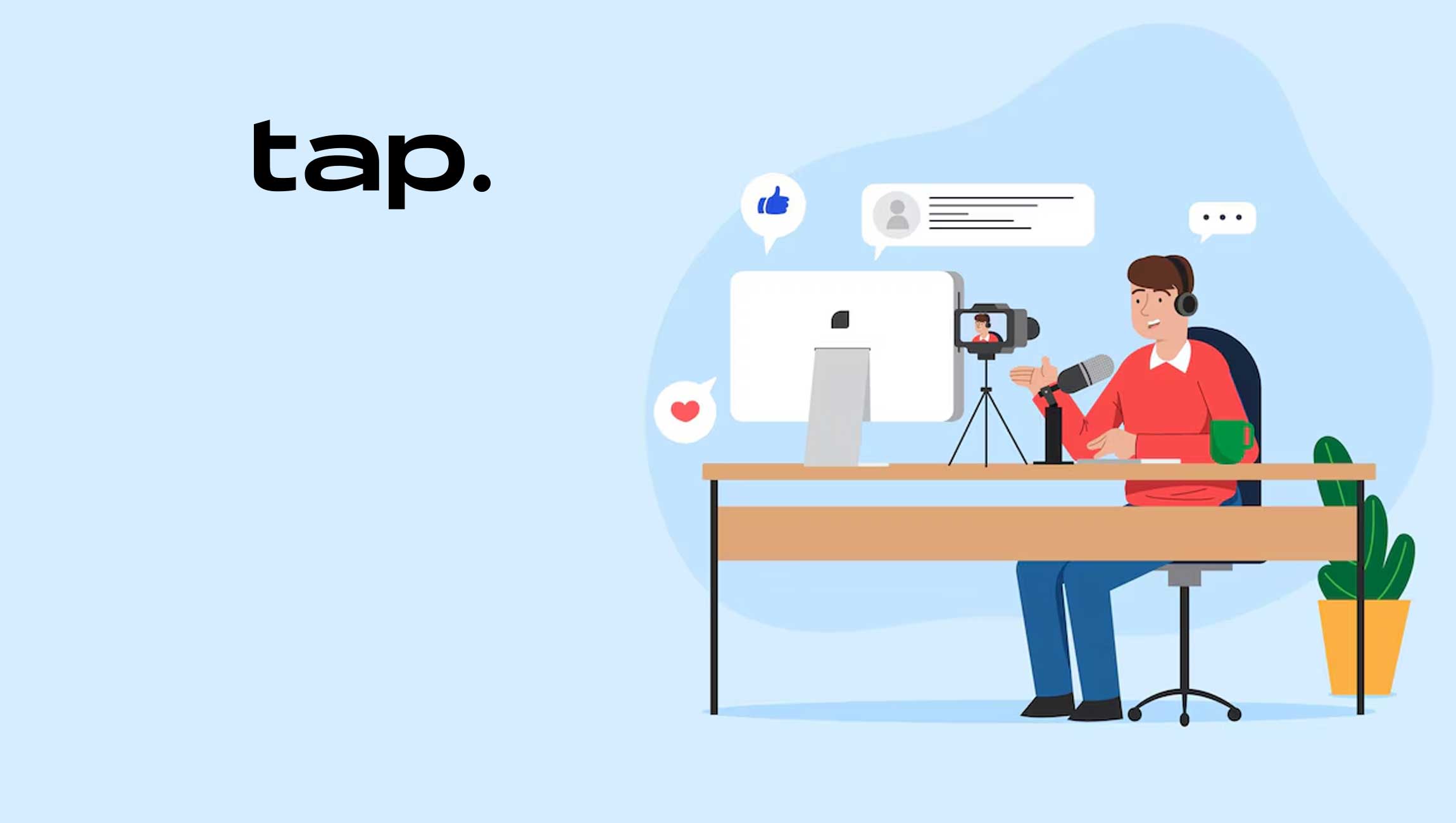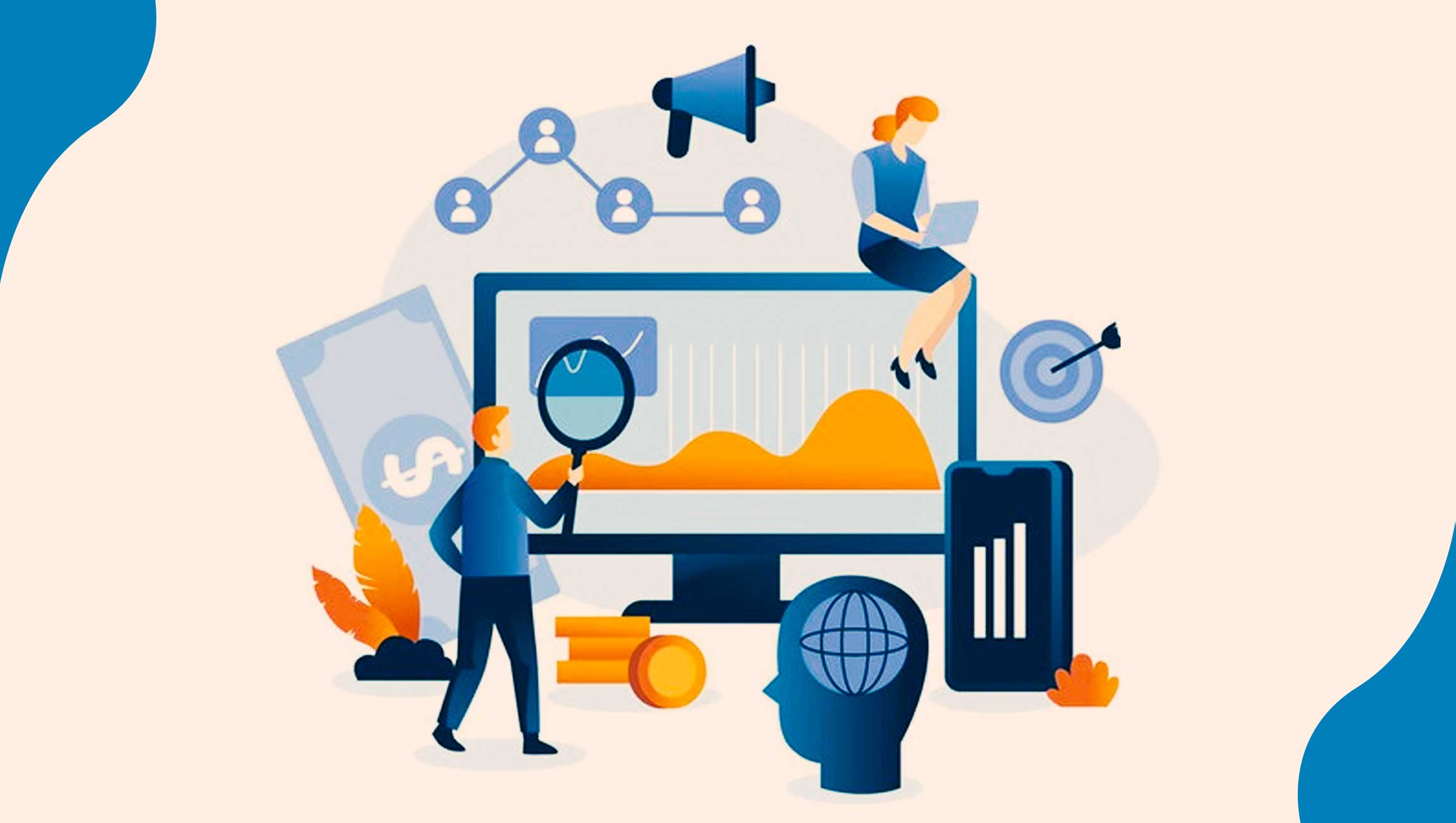Tequia Burt, Editor-in-Chief for LinkedIn’s Marketing Blog comments on the B2B marketing benchmarks that modern marketers should pay attention to:
__________
Hi Tequia, tell us about yourself and your role at LinkedIn.
I am the editor-in-chief of the LinkedIn for Marketing Blog and the LinkedIn Collective. My goal is to help B2B marketers do their jobs better and boost their careers by spotlighting the latest trends and thought leaders in B2B marketing. Before coming to LinkedIn, I was a journalist in the B2B marketing industry and held roles including editor-in-chief of FierceCMO, news editor of Crain’s BtoB and Media Business magazines, and editorial director of B2B Marketing. Tech was one of my beats and LinkedIn was one of the companies I followed. One of the most exciting parts of my role is that I now get to see the inner workings! And I still get to fulfill the role as a brand journalist by creating resourceful content like our newly launched 2024 B2B Marketing Benchmark, as well as bringing together many of the leading voices in B2B marketing to create a community where innovation thrives.
As a marketer, what are some of the pet peeves you have when it comes to the current state of B2B marketing?
Sometimes, people think B2B marketers are not as creative as their B2C counterparts. Given that B2B purchases are much higher stakes than B2C, involve more people, and take longer to close, B2B marketing and advertising tends to be more conservative. It’s actually much more difficult to deliver outstanding B2B creative than B2C, because not only does it have to appeal to humans, but it also has to prove it’s the best solution for a company. But that doesn’t mean that B2B marketers aren’t on the right track. They are leaning into brand and creative in new ways according to our 2024 B2B Marketing Benchmark. More than 7 in 10 B2B marketers say they have developed creative that stood out as bold or innovative, indicating more confidence in the creative arena. At the end of the day, whether B2B or B2C, we’re all talking to human beings. You can’t market to a company, so you must consider all of the personal habits, likes and dislikes, and human foibles that your target audience brings to the table, as well as their bottom-line needs.
What would you say are the most crucial marketing fundamentals that B2B SaaS marketers still get wrong often?
I think that we get so lost in the weeds of our product specs that we can sometimes over-complicate our message. As a journalist, my mission was to always make what I was writing as digestible as possible so there was no room for confusion. Marketers should take this to heart and always create content with the customers’ needs in mind to deliver messages that resonate.
Second, while technical skills have always been important, people skills and fostering relationships with the right people have become foundational to success.
Our 2024 B2B Marketing Benchmark reveals that one of the key skills for marketing success in this dynamic field is agility. Being adaptable and open to change is not just valuable – it is essential for thriving as a marketer today. Marketers who blend established marketing principles with the new technologies will drive successful and transformative results for brands.
We’d love to hear the highlights from LinkedIn’s latest 2024 B2B Marketing Benchmark report. What top takeaways would you share with our marketing and martech readers?
The 2024 B2B Marketing Benchmark report revealed many exciting trends, the most positive being the optimism among B2B marketing leaders about the year ahead. Nearly 9 in 10 believe their teams can drive revenue in the coming year and about three-quarters of these leaders anticipate budget increases.
This positive outlook can be attributed to successful brand investments, nurturing relationships at the CMO level, and emphasizing people skills alongside AI adoption. Our research also reveals that video is on the rise: 2 in 3 B2B marketers who currently use video plan to increase usage in the next year. Overall, brands are seeking curious, resourceful, and collaborative marketers with strong human and technical skills.
Marketing Technology News: MarTech Interview with Eli Finkelshteyn, Founder and CEO at Constructor
No marketer today can thrive without the use of AI in their overall processes. Can you comment on the state of AI in the current marketing and martech scenario. How have you used AI in your role to drive processes and output?
Our team is currently experimenting with AI. According to the 2024 B2B Marketing Benchmark report, marketing professionals are leading in AI adoption, with two-thirds using the technology to improve ROI, productivity, content creation, and cost efficiencies. Leveraging AI streamlines tasks and frees up valuable time and resources, boosting productivity by 40%, according to our data, which I can also attest to.
By streamlining tasks, AI enables marketers to create high-quality content more efficiently, resulting in a 39% increase in content output and a 30% reduction in overall costs, according to our report. For example, at LinkedIn, we recently launched Accelerate, an automated B2B marketing campaign creation experience powered by AI. In as little as five minutes, Accelerate recommends an end-to-end campaign and automatic optimization to reach the right B2B audience with engaging creatives, which users can adjust and fine-tune before launching their campaign.
Accelerate builds on our other features, such as automated placement, which delivers a 47% improvement in cost per conversion, and Predictive Audiences, which improves cost per lead by 21%. AI is revolutionizing the marketing landscape, and our innovative use of AI at LinkedIn, including tools like Accelerate, showcases how deeply integrated AI has become in driving efficiency, boosting productivity, and enhancing overall marketing outcomes.
Can you talk about the martech you’ve relied on over the years to boost growth goals?
Unsurprisingly, LinkedIn is a key platform for marketers because of our first and zero-party data harnessed from our community of 1 billion professionals and a variety of ad formats. Notably, as video gains traction among buyers, LinkedIn introduced The Wire Program – a new initiative enabling brands to promote in-stream video ads alongside trusted publisher content. Considering that 95% of potential buyers aren’t ready to make a purchase today, I’m also especially excited to see how marketers will leverage connected TV, including our recently launched LinkedIn CTV, to effectively engage future decision makers.
If you had to share five predictions on the future of martech and AI: what would you say?
AI will move from experimental to essential. Marketing teams spent much of 2023 toying and tinkering with generative AI, exploring the ways in which this powerful technology can enhance and streamline their efforts. In 2024 these novel conveniences will start to become normalized as AI integrates into various aspects of the daily routine. Content creators, for example, will be able to leverage GAI to gain back precious time, giving marketers the ability to get more creative, push boundaries and be more innovative in their ideas.
AI will not take your job but somebody who knows how to use it might. I believe AI will be a part of everything we do in the field of B2B marketing and we’ll see AI proficiency as a requirement on job descriptions, including for CMOs. Boosting AI skills will give marketers a competitive edge in their careers. According to LinkedIn data, AI skills training is the fourth fastest growing skill overall and top digital skill in the first quarter of 2024.
As GAI use grows, relying on human skills will be even more critical. As we continue the march toward automation with AI, human touch and relationship building will be even more important when truly connecting with customers. With this, I see an increase in in-person gatherings like the Cannes International Festival of Creativity where we can all learn, listen and connect.
New ways to target audiences on the horizon. Marketers are staring down unprecedented challenges with acquiring and using data, such as evolving privacy laws and the eventual sunset of third-party cookies. B2B marketers will innovate the ways in which they analyze, segment and target their audiences for maximum impact. Interest Targeting on LinkedIn is one example of a method for reaching relevant individuals based on what they care about, without the need for specific personal identifiers. Marketers can also target professionals based on other identifiers like location, job title, seniority, and more.
B2B marketers experiment with CTV. B2B marketers will start investing in more diverse media channels, with connected TV leading the way. To help you target and engage with your audiences on and off LinkedIn, we recently introduced LinkedIn CTV Ads.
Episode 206 Of The SalesStar Podcast: MarTech and Its Impact on Modern Marketing Events with Joe Davy, founder and CEO of Banzai
Marketing Technology News: On the Podium: How Mobile Gaming Elevates Olympic Advertising Efforts
The mission of LinkedIn is simple: connect the world’s professionals to make them more productive and successful.
Tequia Burt is a veteran editor and writer with almost 20 years of experience covering marketing, business, media, and government. Tequia is the Editor-in-Chief of the LinkedIn for Marketing Blog and the LinkedIn Collective.











